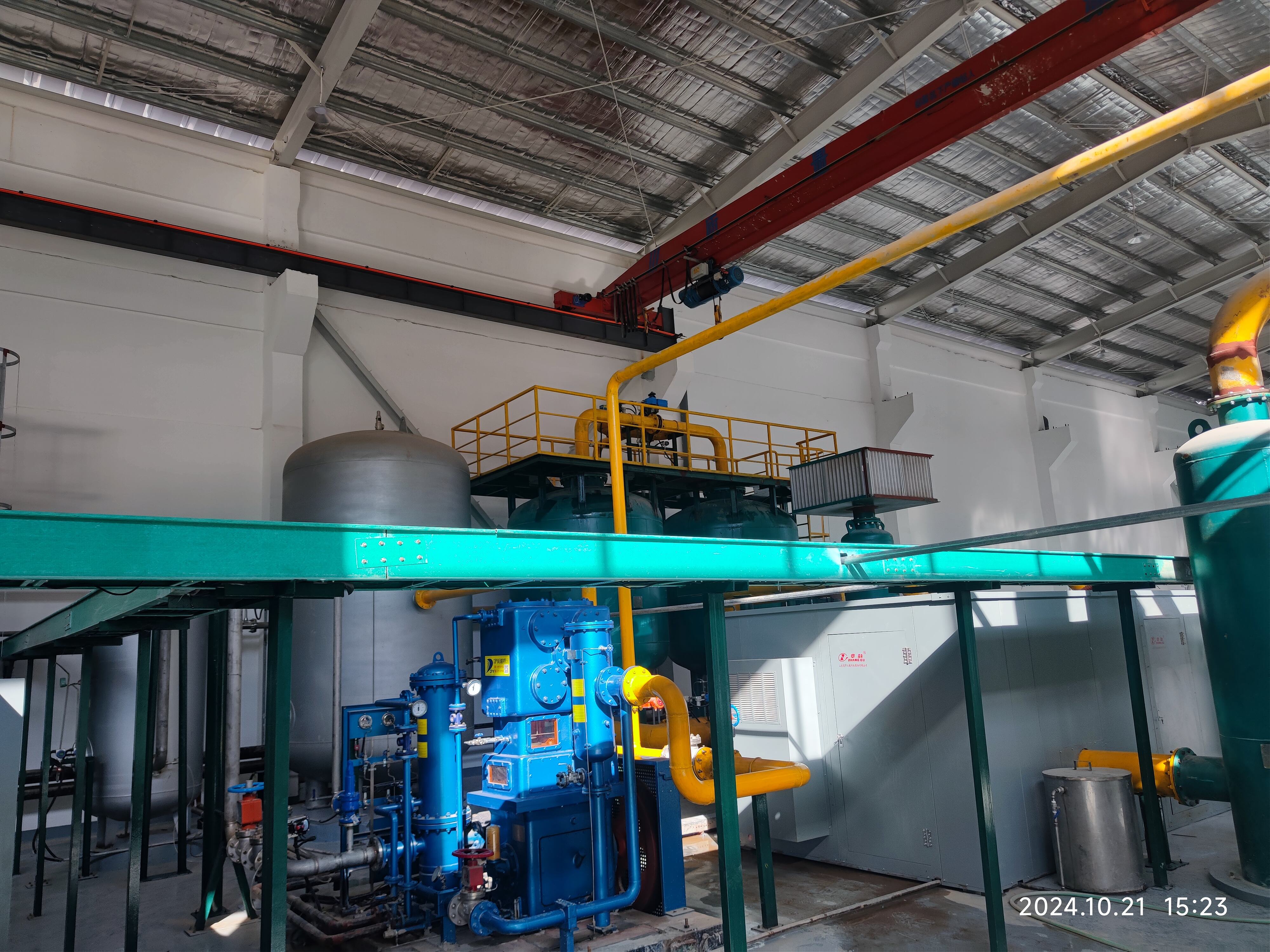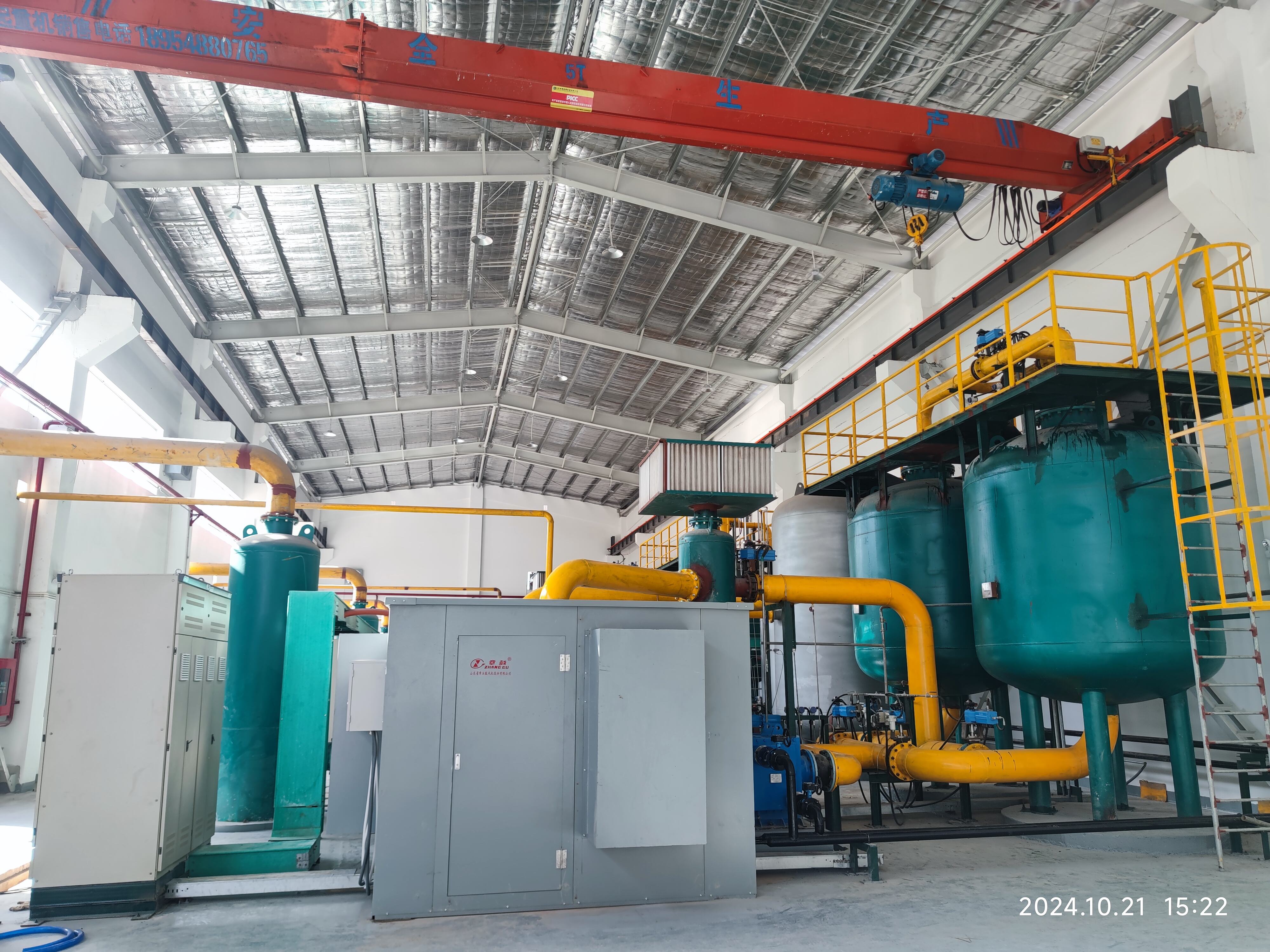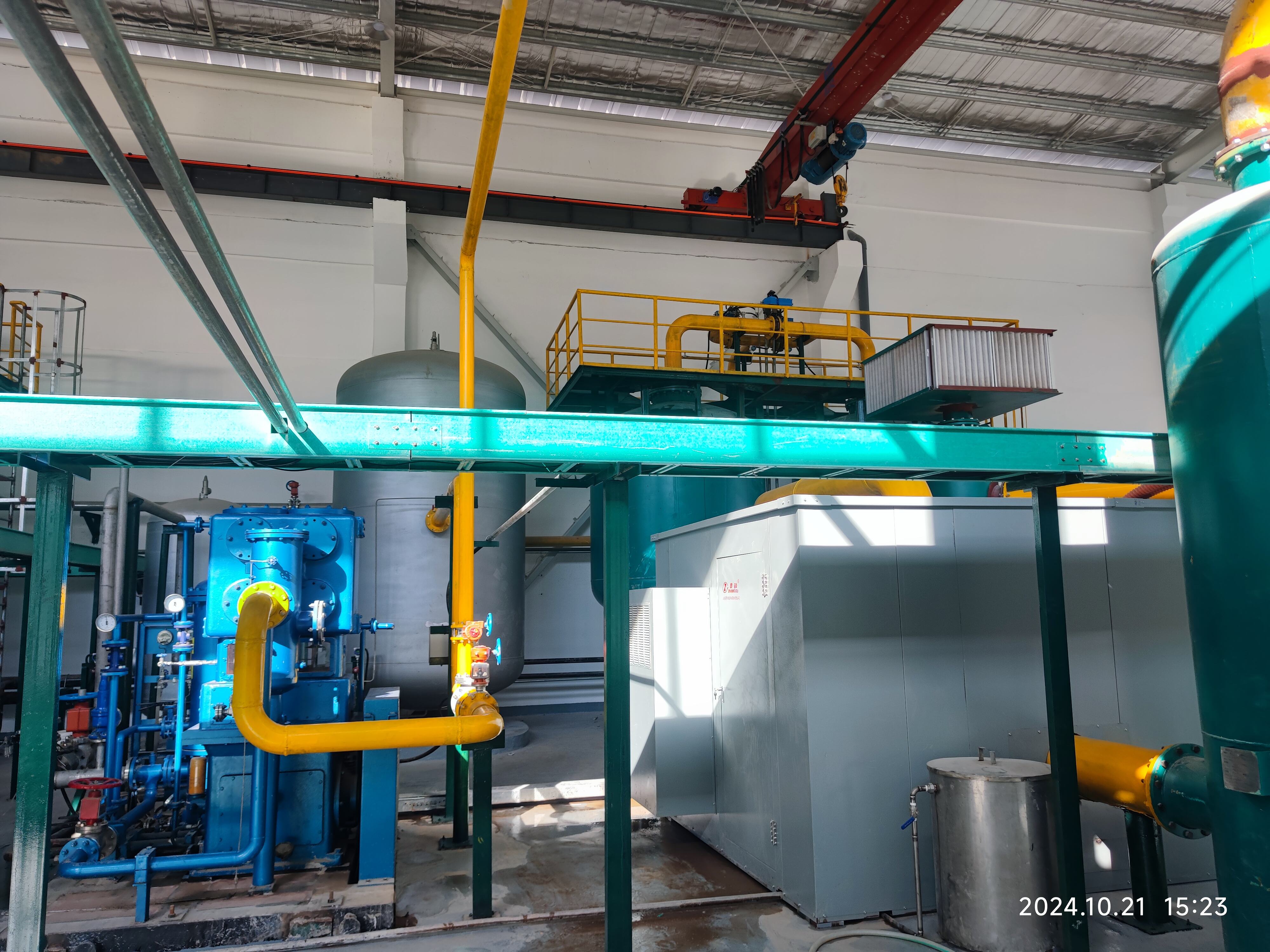vpsa yasiyo kwa uzalishaji wa oksijeni
VPSA (Vacuum Pressure Swing Adsorption) ni mifumo ya kuboresha oxygeni yanayotupa maendeleo mpya katika teknolojia ya kupunguza gasi, inapitisha suluhisho la kipengele na la kadri kwa uwezo wa kutengeneza oxygeni ya upuri wenye uzito. Mifumo hayo huanza kazi kwa usimamizi wa prosesi muhimu ambayo inapong'aa kati ya uzito na uvumbuzi ili kupunguza oxygeni kutoka kwa hewa ya asili. Teknolojia hii inatumia vigumu vya molekuli visiovyo vilivyopendekezwa kwa kuangalia nitrogeni wakati oxygeni inapitia zaidi. Hii inatoa upatikanaji wa oxygeni wenye uzito wa hadi 95%. Mifumo ya VPSA yameunganishwa na ndege nyingi yanayokuwa na vituo vya vipendezeo hivyo, vinavyofanya kazi pamoja ili kusimamisha upatikanaji wa mara moja wa oxygeni. Prosessi inapora mbili za kubadilisha hewa ya asili, kwa baadaye kubong'ozwa kwa uzito wa vituo vya vipendezeo, wakati nitrogeni inapigwa na oxygeni inapitia. Mfumo utapong'aa kwa muda wa uvumbuzi ili kuhifadhi vituo vya vipendezeo, kufanya iko tayari kwa mchakato wa mwisho. VPSA ya sasa inahusu mfumo wa kibinafsi cha kipengele cha kuboresha uzito wa prosesi, inayohakikisha uzito wa mara moja wa oxygeni wakati unaweza kupunguza uzito wa kiungo. Hizi mifumo ni zinazoweza kuharibiwa, zinaweza kutengeneza kutoka kwa miwili ya nne hadi elfu kadhaa ya mita ya oxygeni kwa saa, inapatikana kwa ajili ya manafa ya kutosha, kama vile vieti vya chuma, uzalishaji wa kibao, mashirika ya afya, na mitaala ya maji ya kusinzia.


